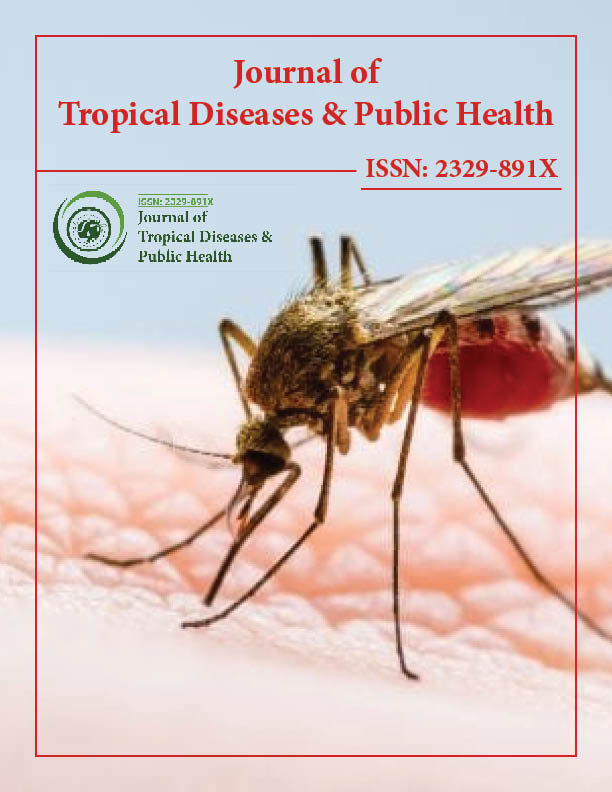Indexed In
- Open J Gate
- Academic Keys
- ResearchBible
- China National Knowledge Infrastructure (CNKI)
- Centre for Agriculture and Biosciences International (CABI)
- RefSeek
- Hamdard University
- EBSCO A-Z
- OCLC- WorldCat
- CABI full text
- Publons
- Geneva Foundation for Medical Education and Research
- Google Scholar
Useful Links
Share This Page
Journal Flyer

Open Access Journals
- Agri and Aquaculture
- Biochemistry
- Bioinformatics & Systems Biology
- Business & Management
- Chemistry
- Clinical Sciences
- Engineering
- Food & Nutrition
- General Science
- Genetics & Molecular Biology
- Immunology & Microbiology
- Medical Sciences
- Neuroscience & Psychology
- Nursing & Health Care
- Pharmaceutical Sciences
Abstract
Malaria Control in Angul District: Case Study of a District in Odisha towards Elimination
Background: Angul district of Odisha has achieved a major reduction in malaria incidence and multiple challenges. This case study is an example of malaria control over last 10years.
Methods: An analysis and review of the malaria epidemiology, control strategies adopted in NVBDCP and state and district specific interventions. The regular surveillance data in Govt. health system was used to identify trends in malaria epidemiology. The challenging factors were identified through analysis of socio-economic and health indicators.
Findings: The confirmed malaria cases in Angul declined by 99.71% during the year 2019 as compared to year 2015 which was reported 29853 highest malaria cases over 10 years (2010-2019). The majority of indigenous cases were due to Plasmodium falciparum. Strategies implemented by NVBDCP and state govt. of Odisha initiative DAMaN and Angul district specific policy are likely to be related to the decline in cases over the last 10 years. The malaria diagnosis through microscopy and RDK and treatment given by age wise ACT combipack and radical treatment with Primaquine in Plasmodium falciparum cases and chloroquine treatment to Plasmodium vivax cases with radical treatment according national drug policy 2010 and 2013 on malaria. For vector control, IRS partially, full saturation of LLIN and for parasite control DAMaN and mass screening and case follow up in community as well as tribal residential school are likely to have contributed to the decline of malaria cases.
Conclusion: Angul district has made significant efforts towards elimination and has adopted a goal of elimination. Major challenges in the future will be the tracking of private malaria screening, prevention and management of anemia and improvement of socioeconomic status of community for malaria control.
Published Date: 2024-09-13; Received Date: 2020-12-24

